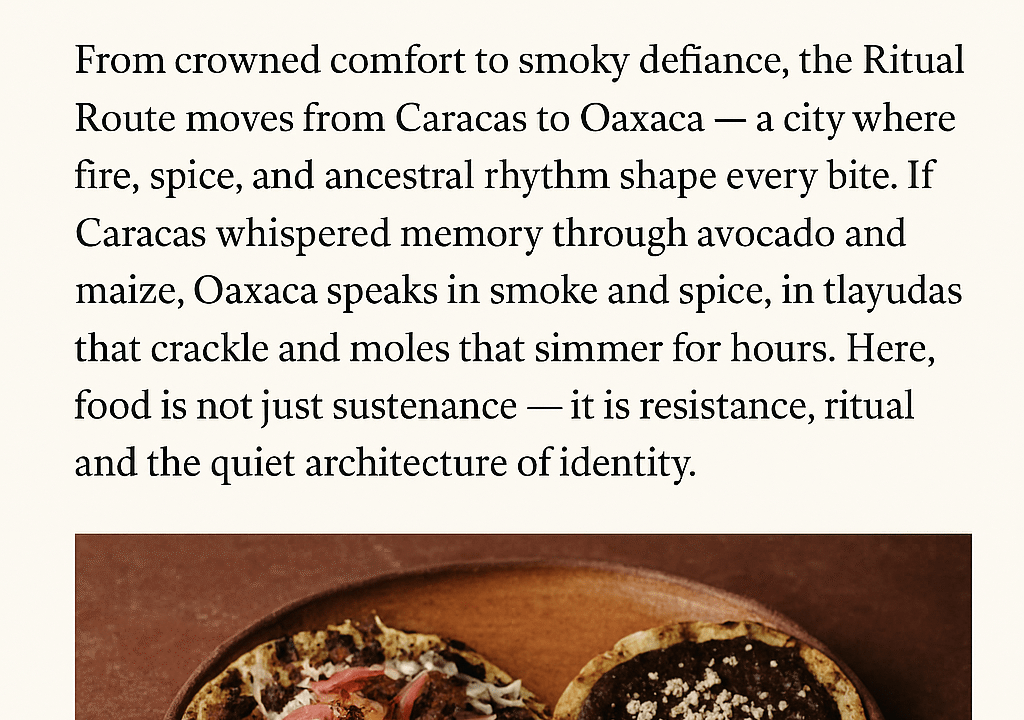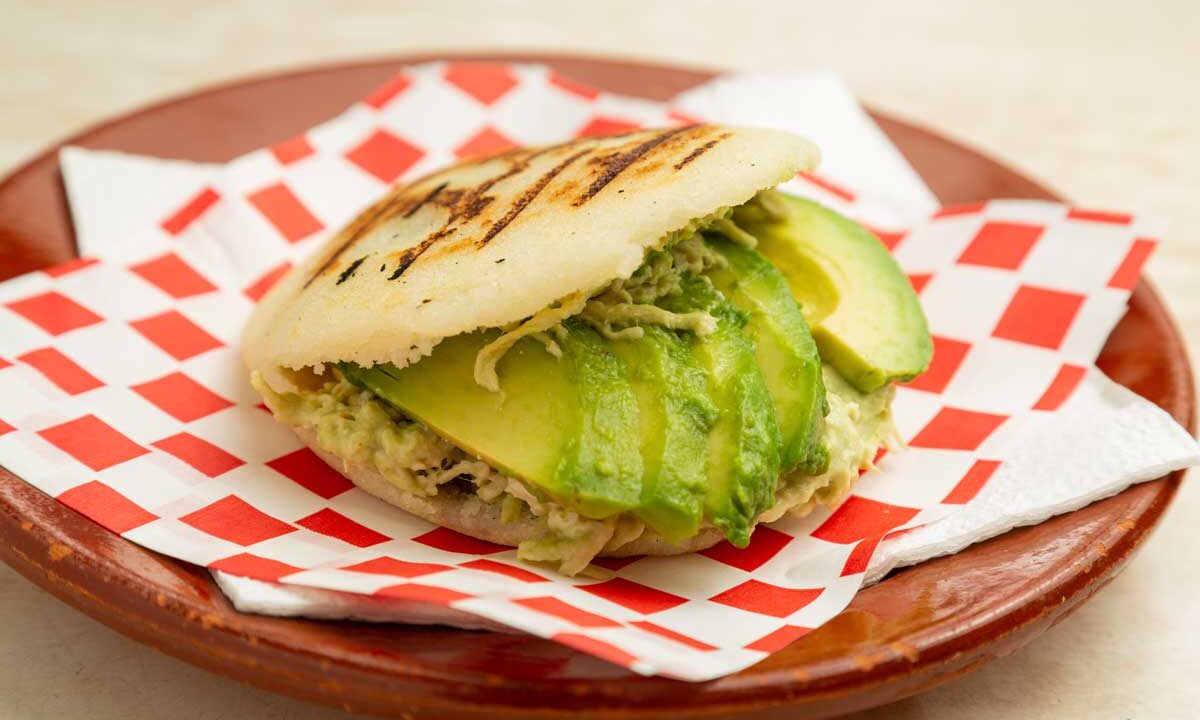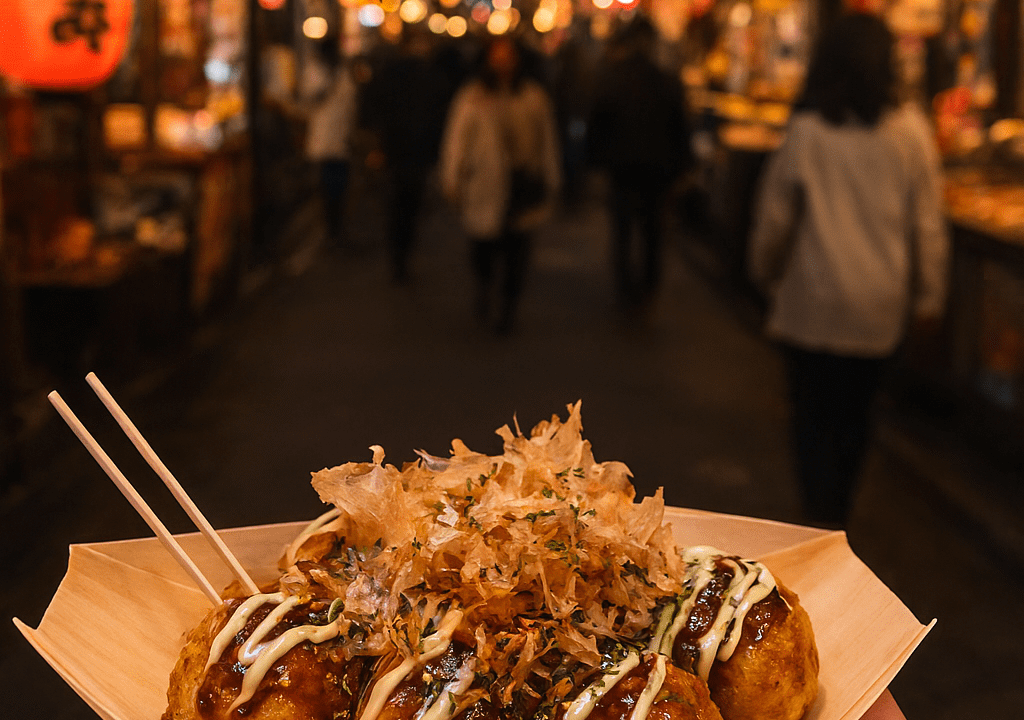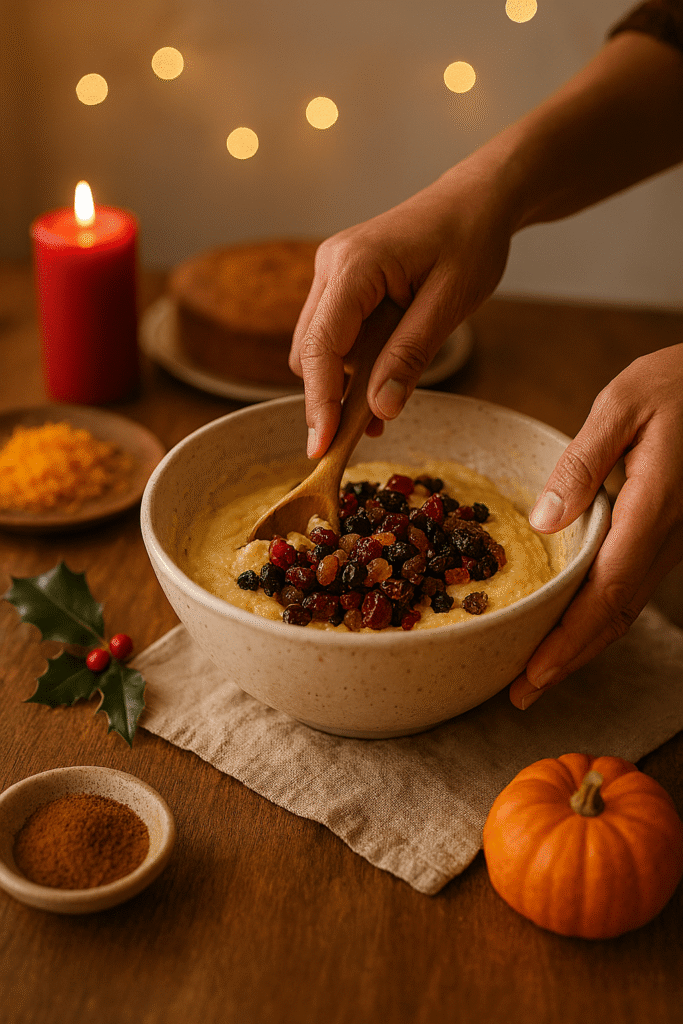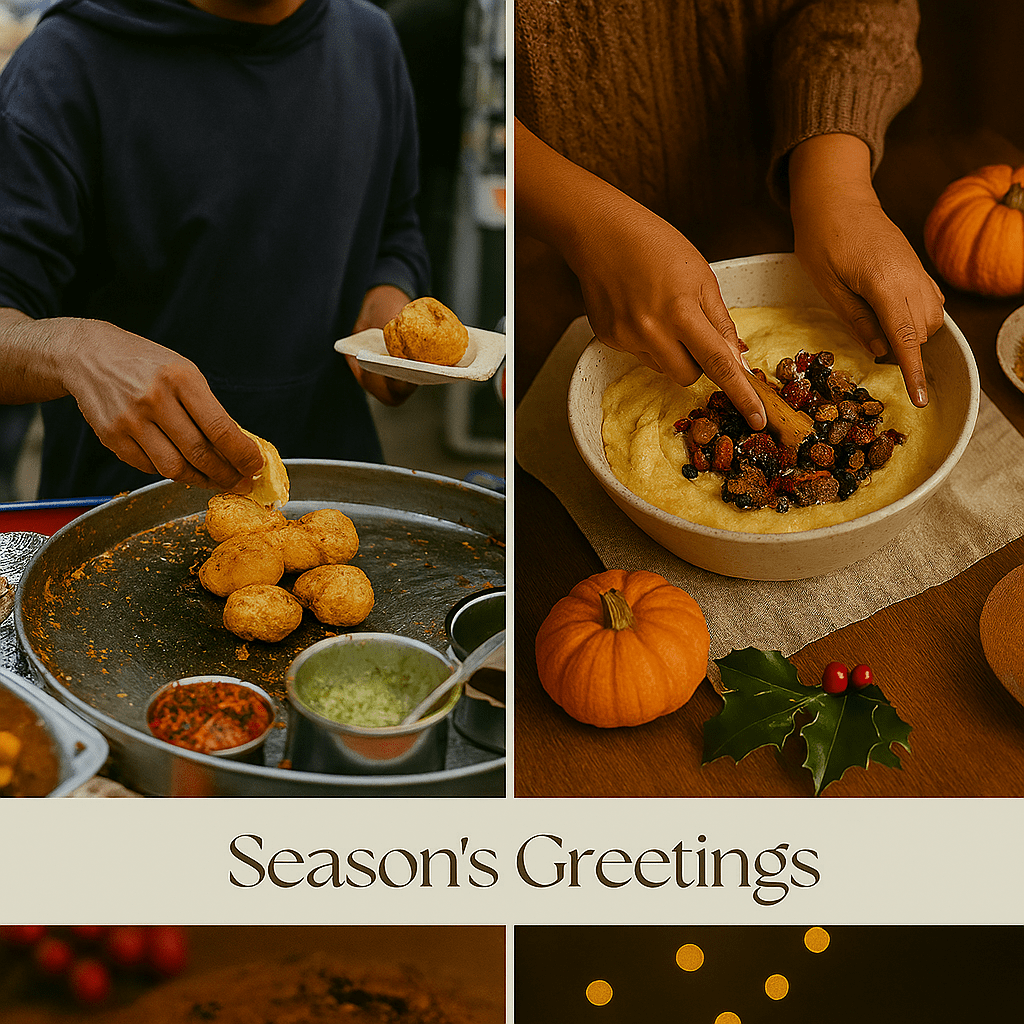Lisbon Street Food Diaries – From Dadar to Alfama
Lisbon Street Food Diaries begins where FlixBus India’s street food trail leaves off. After tracing Mumbai’s vada pav and Delhi’s chaat aboard our imagined FlixBus, we now land in Lisbon, where the bifana reigns supreme. If you missed our global flavor map, revisit it here.
In Lisbon, the bifana isn’t just a sandwich—it’s a cultural heartbeat. Thinly sliced pork, marinated in garlic, white wine, and paprika, sizzles into a papo seco roll. It’s street food with soul, best paired with mustard, piri‑piri, and a glass of vinho verde.
The Alfama Appetite – Bifana Spotlight
The bifana is humble, but never shy. Found in tascas and corner cafés, it’s the kind of sandwich that speaks in steam and spice. Locals debate the best stall—some swear by O Trevo in Chiado, others by Casa das Bifanas near Rossio. But the truth is: every bifana tells its own story.
“Where the bread breaks, memory begins.”
Eating a bifana on Alfama’s tiled steps is more than a snack—it’s a ritual. The garlic‑wine marinade clings to your fingers, the bread soaks up the juices, and the city hums around you. This is Lisbon’s way of saying: you’ve arrived.
Beyond the Bifana – Lisbon’s Sweet and Savory Echoes
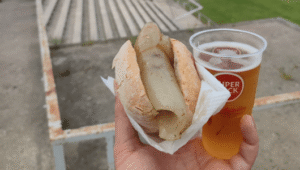
While the bifana anchors the city’s street food identity, Lisbon offers other cravings that complete the picture. The pastéis de nata, with their caramelized tops and flaky pastry, are a custard‑filled pause in the city’s rush. A warm pão com chouriço, pulled from terracotta ovens, carries the scent of smoke and spice. And for the adventurous, the sandes de courato—a pork rind sandwich—offers crunch and nostalgia, often found at late‑night roulotes.

These dishes may not dominate Instagram grids, but they dominate Lisbon’s memory map. They are the flavors that locals reach for after work, on weekends, or in the quiet of a late‑night craving. Together, they form the rhythm of Lisbon’s streets: savory, sweet, smoky, and bold.
Cravings with a View
Lisbon’s food is inseparable from its vistas. A bifana eaten on the Alfama steps tastes different when paired with the sound of fado drifting from a nearby tavern. A pastel de nata at the Miradouro da Senhora do Monte becomes a sunset ritual, the custard glowing gold against the skyline. And at Mercado da Ribeira, the weekend buzz makes even a simple chouriço sandwich feel like a celebration.
Street food here is not just about taste—it’s about place. Every bite finds its echo in the city’s skyline, every flavor tied to a view, a sound, a rhythm.
️ Practical Tips for Lisbon Street Food Diaries
- Where to go: For bifanas, try Casa das Bifanas near Rossio or O Trevo in Chiado. For pastéis de nata, Pastéis de Belém is iconic, but neighborhood cafés often surprise.
- When to eat: Bifanas are an all‑day snack, but locals often grab them mid‑afternoon or late at night. Pastéis de nata pair beautifully with a morning espresso.
- What to expect: Prices are modest—€2–3 for a bifana, €1–1.50 for a pastel de nata. Street food here is affordable, filling, and deeply tied to daily life.
- How to enjoy: Stand at the counter, eat with your hands, and don’t be afraid of mustard or piri‑piri. Lisbon’s street food is about immersion, not polish.
Further Reading
For a deeper dive into Lisbon’s street food soul, explore Devour Tours’ guide to the city’s most beloved bites.
Cravings Across Continents (Reference for Tokyo Post)
Lisbon Street Food Diaries closes with a promise: the journey doesn’t end here. On Nov 2, we land in Tokyo—where takoyaki sizzles, konbini aisles hum with neon, and flavors turn precise yet playful. From Alfama to Akihabara, the trilogy arc deepens.
“Every city leaves a flavor behind.”
LISBON FOOD DIARIES by Kash Pals

